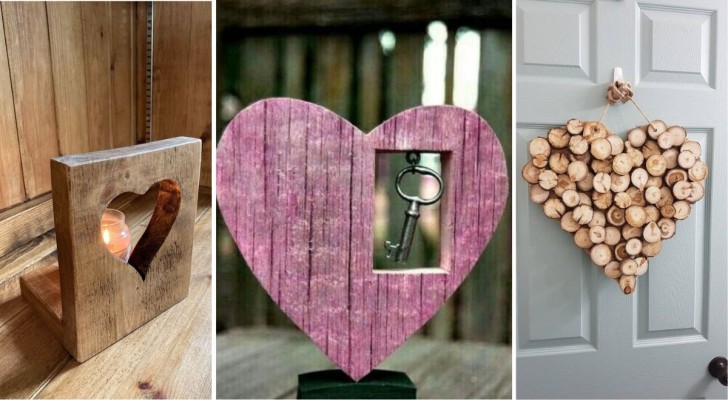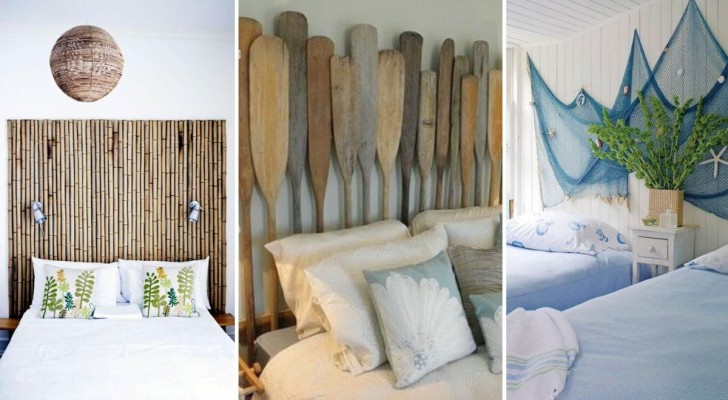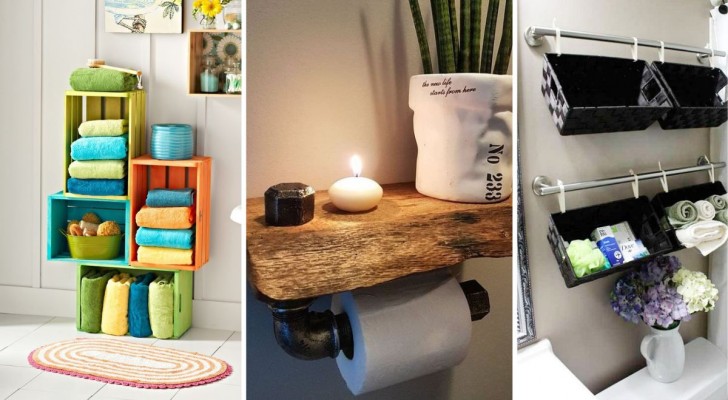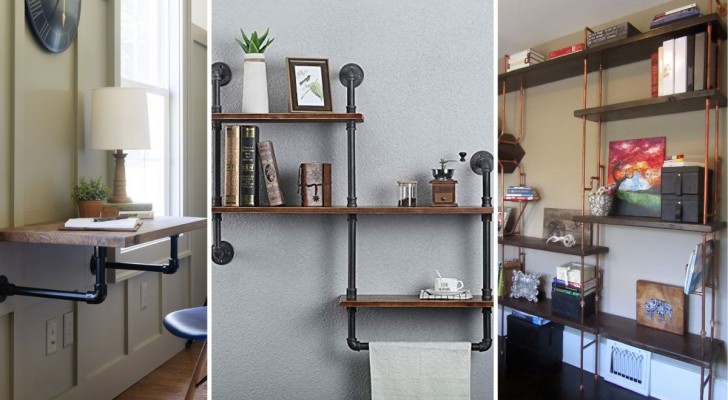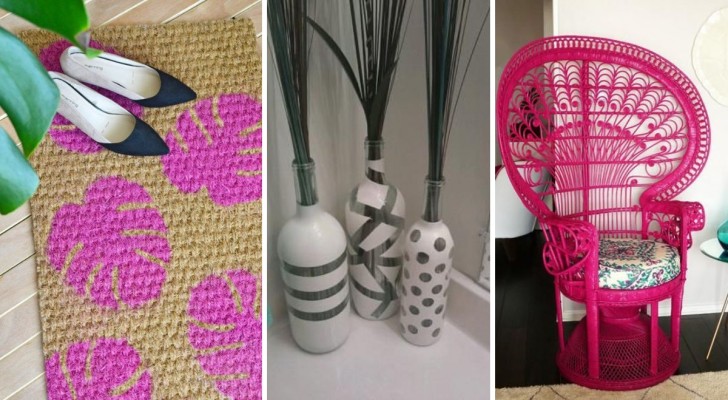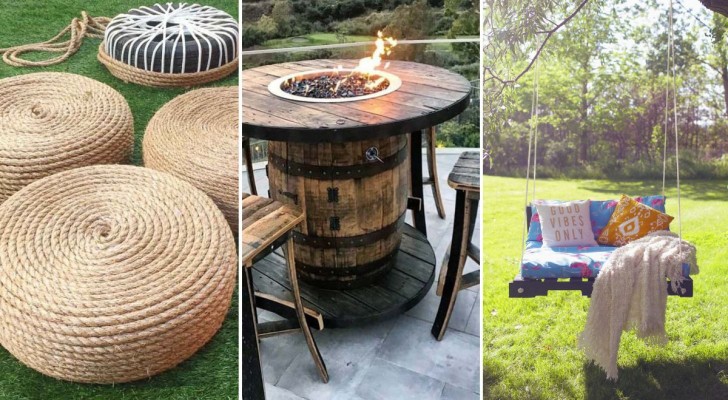Repainting the walls of the house with a combination of colors: 10 possible choices
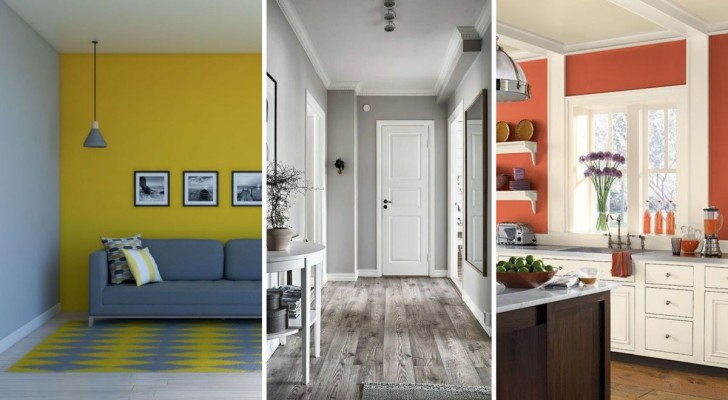
When furnishing a house, a fundamentally important aspect is the color of the walls. The choice of color is useful for creating the right atmosphere and making the environment more comfortable, helping to enhance the light and space, as well as giving a touch of personality to the home environment.
By making a mistake in this regard, you can risk destroying the brightness of an environment or further reducing an already narrow space or, conversely, making an already very large room appear even larger. All this could translate into a sense of unease, negatively influencing the mood of the inhabitants and guests.
We list below the criteria to follow in choosing the right combination, also suggesting 10 possible combinations:
Selection criteria
For choosing the most suitable color for your walls it is essential to keep in mind the following:
- flooring: there are numerous types of flooring, which are also distinguished by color, and it is essential to have this in mind when choosing the color for the walls, since the two shades will have to coexist;
- sun exposure: exposure to sunlight is also a key element in choosing the most suitable color for the walls, which can help or penalize poorly lit or small rooms;
- furniture: if the furniture is already present, it is important that the color of the walls matches the furniture (or vice versa);
- psychology: it is good to remember that colors have the ability to influence one's mood;
- personal taste: always remember that your personal taste is the final arbiter of any decision in terms of home furnishings and decorations. You are the one who will spend most of your days in the house, so it is important that you like it!
1. Light colors for small rooms
To give depth to a small room, choose light colors that give brightness, making the room visually more spacious.
2. Creative lounge
If you want to stimulate creativity in your lounge area, opt for brighter colors such as an intense blue. But pay attention to the brightness: this choice is only suitable for very bright environments, which will not be affected by the dark tone.
3. Pastel kitchen
For kitchen walls, the ideal colors are pastel shades, which decorate without tiring and adapt well to most furniture.
4. Bright colors
However, if the kitchen is your kingdom and is where you give free rein to your creativity, or if you want to enhance white or very light-colored furniture, you can also go with brighter or darker colors.
5. Neutral colors
A combination of neutral colors, such as gray and white, will help highlight a floor and other furnishing elements, giving a touch of elegance to the whole environment.
6. Bedroom
For the bedroom, choose relaxing colors such as green, perhaps by painting a single wall in contrast using white.
7. Children's room
For the children's room you can choose more cheerful colors, always keeping to relaxing shades such as light blue or mid-blue. An excellent idea is to take up the color of the furnishing accessories on the walls, or to enhance white furniture with a bright blue or green wall.
8. Bathroom
When choosing the colors for the bathroom, let yourself be guided by the space: if the room is very small and dark, especially if the bathroom is windowless, then choose light colors that give light and depth to the environment.
9. Contrasting colors
Alternating contrasting colors is also a great way to decorate the walls. Yellow, for example, lends itself well to alternating both with other warm, brighter colors, such as orange or red, and with cold colors, such as green or blue.
10. Pink and gray
Finally, even different shades of pink are quite suitable for decorating the walls, giving an elegant and clean look to the environment. Pink is particularly suitable for combination with a dark, contrasting color, such as grey.
How did you paint the walls of your home?
